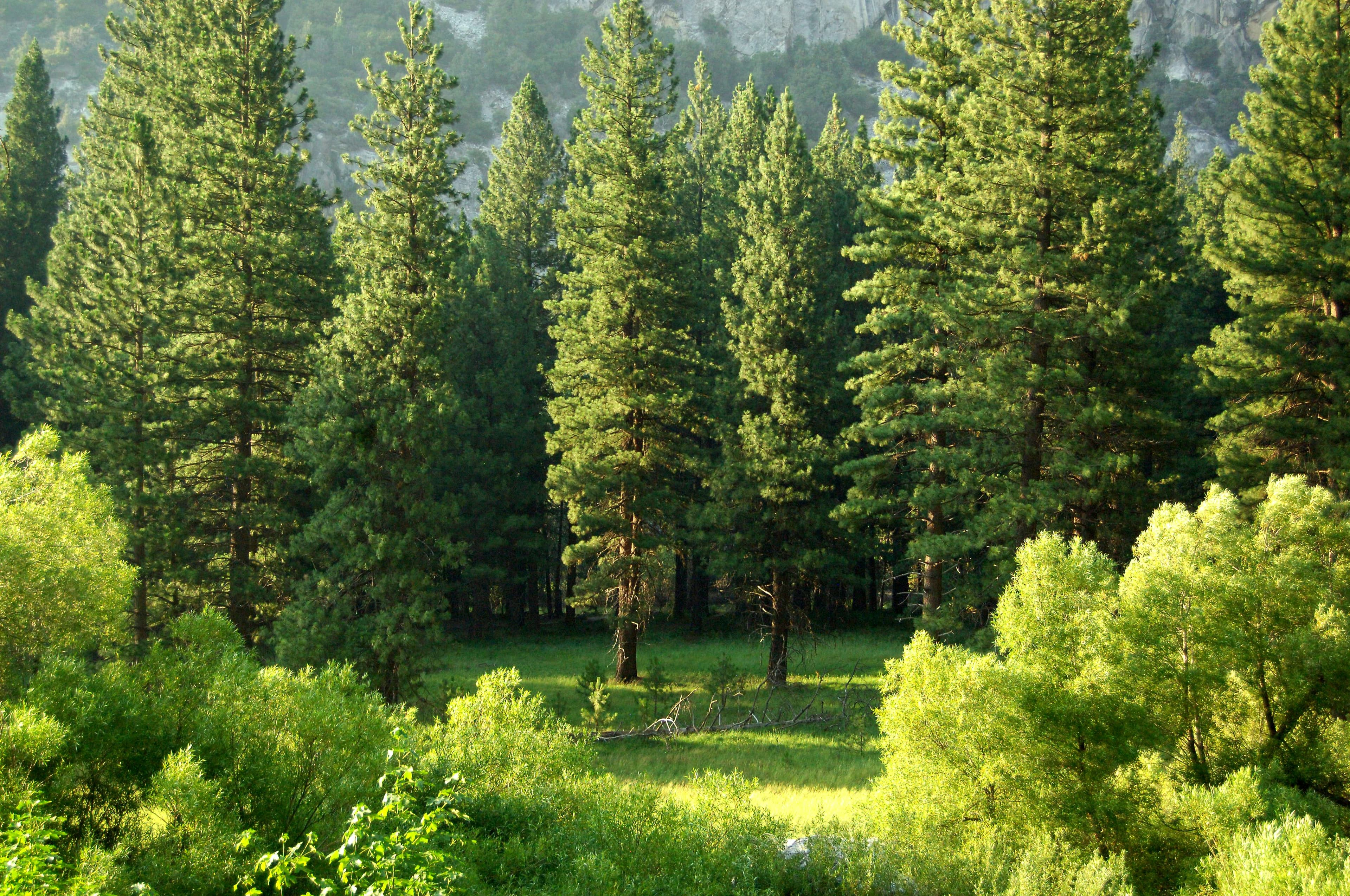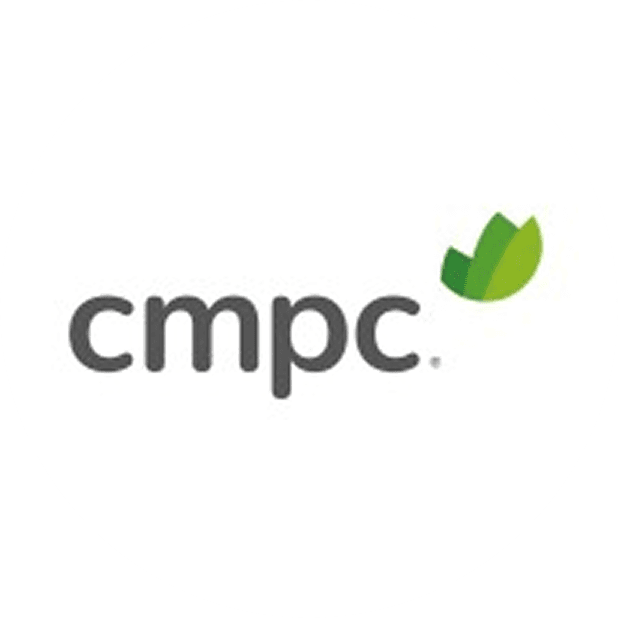
Drive circular bioeconomy across full value chain
 Empresas CMPC S.A.
Empresas CMPC S.A.Summary
Renewable forests, recycling, and circular ventures driving industries to replace plastics, steel, and concrete with recyclable, bio-based alternatives.
Key resources
Context
Climate action requires resource efficiency and waste reduction. Forestry uses renewable biomass, water and other resources that must be tightly managed. CMPC’s circular model extends resource life via recycled fibers, certified renewable inputs and industrial loops that recover energy and chemicals. Residual biomass becomes energy, and waste in soil amendments or products; water is reduced and recirculated. Ventures scale bio-based solutions beyond paper, board and wood, substituting hard-to-recycle and fossil-based materials. The goal: keep materials in use, lower extraction, and enable a low-carbon circular bioeconomy.
Location of the initiative- Chile, Argentina and Brazil: forestry estates; pulp mills (in Chile, Santa Fe Mill in Nacimiento, Pacífico Mill in Collipulli, Laja Mill in Laja, and in Brazil Guaíba Mill); Cordillera effluent facility (Santiago, Chile); Fibras network (Chile/LATAM); VIDA hub in Brazil.
Solution
CMPC follows a circular bioeconomy model across its entire value chain.
It manages +1.3 million hectares of forest, all FSC®/PEFC™ certified.
Strict checks ensure any third-party wood they use is renewable.
In pulp mills:
96–98% of chemicals are recovered for reuse.
61% of energy comes from black liquor (a by-product).
Biomass boilers add another 12% of energy.
Waste is reused:
Forest residues go back into the soil.
Sludge is converted into compost, biogas, or other products.
In 2024, the Fibras network reused 761,000 tons of recycled fiber.
CMPC Ventures supported 39 startups developing bio-based alternatives to plastics, steel, and concrete.

Circular Bioeconomy Across Full Value Chain
Impact
Sustainability impact
Climate
The initiative targets Scope 1 and 2 emissions through renewable energy and energy efficiency.
Scope 3 emissions (Categories 2, 5, 12) are addressed via recycling and product substitution.
By 2024, landfill waste was reduced by 88.7%: from 718,000 t in 2018 → 144,000 t, moving close to the 2025 zero-landfill goal and avoiding methane emissions.
Pulp processes:
Recover 96–98% of chemicals.
Generate 61% of energy from black liquor and 12% from biomass.
At product end-of-life, CMPC products replace fossil-based alternatives with recyclable, compostable, or biodegradable solutions.
CMPC Ventures (Pulpex, Woamy, Modvion) reduce Scope 3 further by replacing plastics, foams, steel, and concrete with low-carbon biomaterials.
Nature
CMPC manages 1.3 million hectares of forest, all 100% FSC®/PEFC™ certified.
Land use balance: 64% for production, 31% for conservation.
Over 32,000 ha are High Conservation Value Areas, protecting biodiversity, ecosystem services, and cultural heritage.
Forest residues are returned to soils, improving fertility and soil structure.
Wastewater recirculation projects have reduced industrial water use by 16%, aiming for a 25% reduction target.
Circular recovery in pulp mills minimizes chemical extraction and prevents soil and water degradation.
CMPC Ventures, like Modvion, support nature-positive outcomes by replacing steel and concrete with renewable wood-based alternatives.
Social
The circular bioeconomy creates inclusive green jobs and supports recyclers.
In 2024, 945 waste pickers partnered with CMPC, helping recover 26,000 t of paper and cardboard.
Through Fibras, 4,500 monthly suppliers (municipalities, industries, SMEs) reincorporated 761,000 t of fiber, generating income and reducing waste.
In Brazil, the VIDA hub processes 600,000 t of industrial residues annually, converting them into 15+ products, creating 92 jobs and US$2.8M in revenue.
These models promote social inclusion, improve working conditions, and build resilience by connecting economic opportunities with environmental goals.
Business impact
Benefits
The model ensures supply continuity and resilience while reducing costs and risks.
Self-generated renewable energy: 61% from black liquor, 12% from biomass, reduces dependence on fossil fuels and energy price volatility.
Recycling 761,000 t of fiber in 2024 lowers raw material dependency.
Soil improvements from forest residues and vermicompost restore degraded land and improve long-term productivity.
VIDA hub in Brazil transforms 600,000 t of residues into 15+ products, creating US$2.8M in revenue and 92 jobs.
Ventures develop low-carbon markets by replacing plastics, foams, and steel.
These actions strengthen reputation, competitiveness, and alignment with customer sustainability goals.
Avoided landfill disposal of ~574,000 t (2018→2024) cuts tipping fees and methane liabilities.
96–98% chemical recovery reduces purchases of fresh NaOH/Na₂S; on-site renewable energy (61% black liquor + 11.6% biomass) lowers exposure to fuel price volatility.
Fibras’ 761 kt recycled fiber reduces virgin-fiber procurement and stabilizes input costs; VIDA’s valorization generates ~US$2.8M/year while avoiding disposal costs.
Costs
Investments include vermicompost plants, and logistics for recovery/recycling. Opex covers long-term alliances (e.g. VIDA), training and partnerships with municipalities/industries. However, avoided landfill costs (−574,000 t disposed since 2018) and energy self-sufficiency offset much of the expense, reducing exposure to external fuel and chemical markets. Soil restoration through waste-to-resource strategies improves degraded lands, enhancing forest productivity and lowering future input needs. Ventures demand upfront R&D and scale-up, funded partly through CMPC’s US$100M innovation fund. Costs are minimized through resource efficiency, renewable energy integration, and circular by-product valorization, transforming liabilities into savings and new revenue streams.
Indicative abatement cost
Circular bioeconomy practices in CMPC achieve low or even negative abatement costs by turning waste and by-products into energy and resources. The pulp process generates 61% of corporate energy from black liquor and 12% from biomass boilers, displacing fossil fuels at minimal cost. Waste-to-resource projects (Cordillera sludge valorization; Vida hub recycling 600,000 t/year with 99.8% reused) avoid methane emissions and create biogas, compost, and other products, where revenues often exceed treatment costs.
Impact beyond sustainability & business
Culture of efficiency, cross-functional innovation; replicable learning for other assets.
Implementation
Typical business profile
Pulp & paper, packaging/tissue, sawmills, and integrated forestry companies aiming to reduce extraction, landfill, and fossil inputs while ensuring certified traceability and secondary-material supply. The model is also replicable for agroforestry producers restoring degraded lands, industrial sectors seeking circular processes (e.g., chemical or food industries), and consumer goods companies looking for recyclable, compostable, or bio-based packaging. Municipalities and waste-management firms can adapt Fibras’ model of large-scale fiber recovery and recycler inclusion to build integrated systems. Overall, any organization seeking to embed circularity across forestry, industry, waste, or product development can benefit from this approach.
Approach (step-by-step)
Establish sustainable forest management with certified traceability.
Integrate conservation areas, enhancing biodiversity within productive landscapes.
Implement industrial circular economy by converting byproducts into renewable energy and recovering chemicals (e.g. black liquor).
Substitute fossil fuels with biomass in industrial operations.
Design waste-to-resource loops by mapping material flows.
Build partnerships with municipalities, industries, and recyclers to recover secondary materials.
Formalise and strengthen base recyclers through networks and training.
Develop composting, biogas, and alternative product uses for residues.
Create markets for products made from residues, ensuring long-term
Scale innovation via ventures to substitute fossil-based materials.
Monitor indicators and reinvest in circular solutions.
Stakeholders involved
Internal: Forestry, Pulp & Paper, Biopackaging, Softys, Operations, Sustainability, Ventures, Procurement, EHS.
External: municipalities (e.g., MSUR), ReSimple (GRANSIC), base recyclers, industrial suppliers, and valorization partners (Bioenergía Molina, RILSA, J Compostaje, Reciclaje Orgánico SpA, Idea Corp, Resiter-Verde Corp, Chimolsa, Vida). Certification bodies and auditors for FSC® and PEFC™ ensuring forest management and chain of custody compliance. Technology providers and innovation partners via Ventures, including startups developing renewable packaging, biomaterials, and clean technologies. Communities and NGOs supporting recycling and conservation initiatives. Collectively, these actors create the ecosystem enabling circularity, certification integrity, market adoption, and long-term bioeconomy impact.
Key parameters to consider
Certification integrity across FSC®/PEFC™ and chain of custody is non-negotiable.
Success depends on consistent quality of recovered materials, partner capacity for composting, digestion, and molded pulp, and the existence of strong markets for valorized products.
Efficient logistics—from municipal collection to industrial transport—must reduce costs and emissions.
Water recirculation and energy recovery performance determine environmental outcomes.
Conservation and HCV area targets safeguard biodiversity.
Transparent monitoring at site level (diversion, recycled content, energy share, water intensity) builds investor trust.
Social parameters include inclusion of base recyclers and resilient partnerships with municipalities, suppliers, and innovation networks.
Initiative timelines & maturity: Zero-landfill program 2018→2025 (88.7% progress by 2024); water target −25% by 2018→2025 (−16% by 2024); Fibras >40 years of operation (4,500 suppliers/month, 945 waste pickers in 2024); VIDA continuously valorizes ~600,000 t/year with 99.8% utilization.
Average lifetime: Forestry operates in multi-year rotation cycles ranging from 8 to 24 years depending on species and country; industrial assets (boilers, ESPs, WWTPs) have decades-long operating lives; paper and board products circulate through multiple recovery cycles via Fibras.
Technical constraints: Variability and contamination in recovered fiber; partner capacity for composting, anaerobic digestion, and molded pulp; municipal–mill logistics coordination; maintaining 96–98% chemical-recovery performance in pulp processes.
Subsidies/policy enablers: No direct subsidies are currently reported; circularity is supported by policy instruments such as Chile’s Extended Producer Responsibility (EPR) Law through ReSimple (GRANSIC) and MSUR municipal agreements. Historically, Chile’s Forest Plantation Promotion Law (DL 701, 1974–2012) subsidized afforestation and reforestation, reducing initial planting costs and helping establish the country’s renewable forest base that underpins today’s circular bioeconomy model.
Implementation & operations tips
Design products with recyclability and composability in mind, avoiding fossil-based barriers.
Secure multiple valorization outlets (energy, soil, bioproducts) to avoid dependence on single markets.
Standardize quality specifications with suppliers to guarantee stable fiber recovery.
Co-invest with partners in composting, biogas, and molded pulp to ensure long-term capacity.
Align municipal collection programs with mill and plant needs to maximize efficiency.
Strengthen recyclers through training and inclusion programs.
Maintain simple dashboards tracking recovered tons, diversion rates, recycled content, energy shares, and water intensity.
Use results to refine operations, demonstrate impact, and scale circular bioeconomy solutions across regions.
Key challenges & responses: (i) Recovered-fiber quality/contamination → standardized specs, pre-sorting at Fibras sites, QC gates; (ii) Valorization capacity → diversified outlets (biogas/compost/molded pulp) and multi-partner contracts (VIDA in Brazil; partners in Chile); (iii) Municipal–mill alignment → MSUR agreements and scheduled collections matched to industrial demand; (iv) Closing the gap to zero landfill → prioritizing prevention/recirculation and scaling sludge projects (Cordillera, Laja, Pacífico) with KPI tracking.
Going further
External links